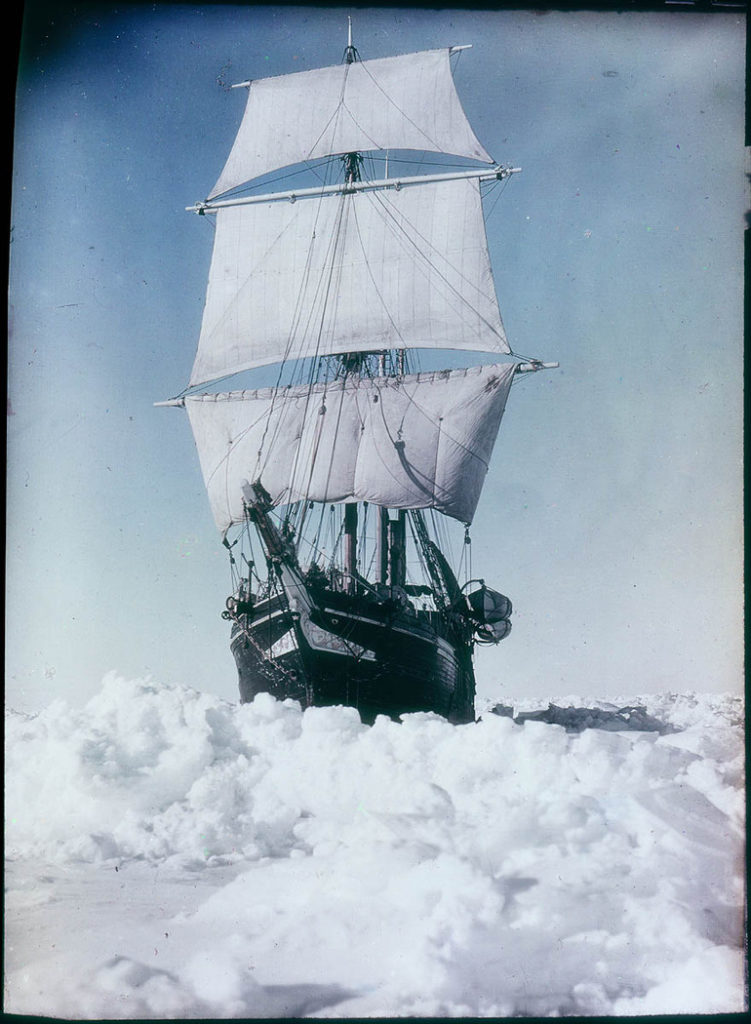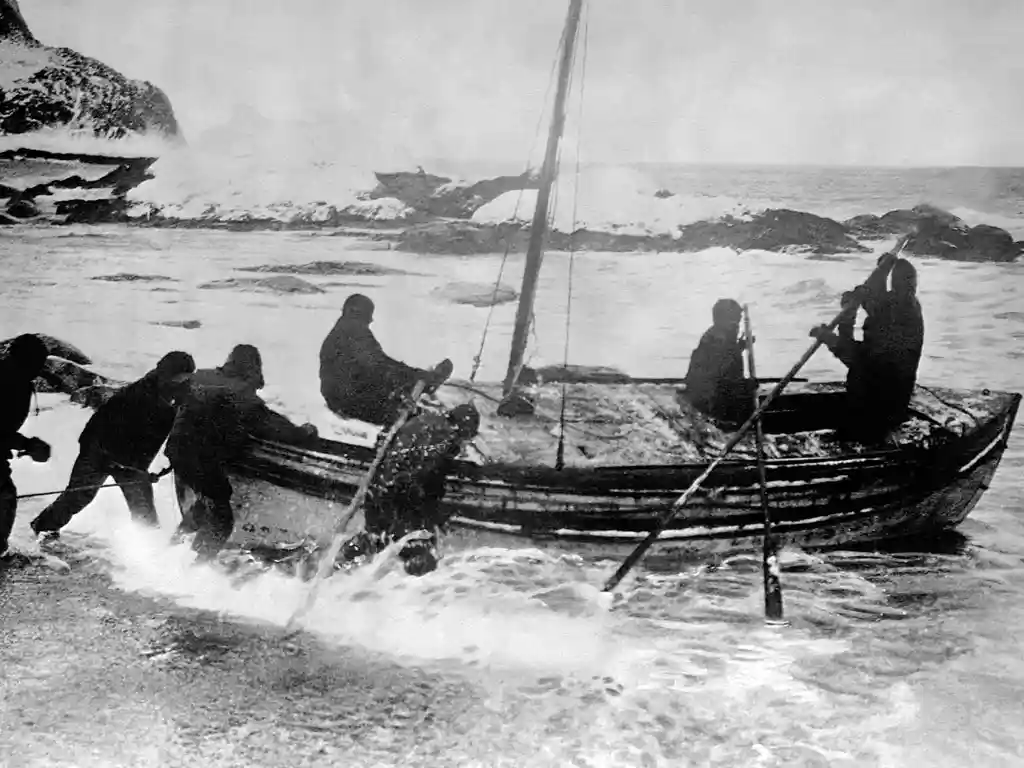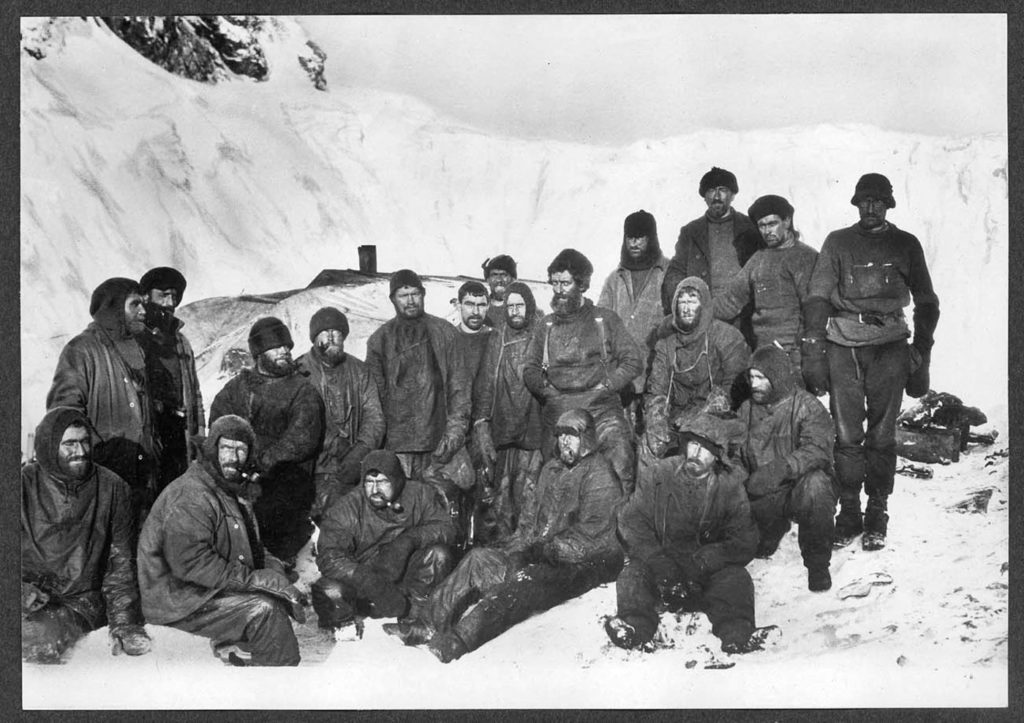Shackleton Departs!
“Men wanted for hazardous journey. Low wages, bitter cold, long hours of complete darkness. Safe return doubtful. Honour and recognition in event of success.”

By the time that Sir Ernest Shackleton departed Plymouth on 8th August 1914 he was already a veteran of two previous expeditions to Antarctica. As a result, the great explorer had already laid the groundwork for what would become the final expedition of the Golden Age of Antarctic Exploration.
Upon learning of the death of the legendary Robert Falcon Scott during his Terra Nova Expedition in February 1913, Shackleton began to canvas support for his new adventure to cross the frozen continent of Antarctica. After receiving his first donation in the form of a £10,000 grant from the British Government in December 1913, Shackleton then made his plans public with an announcement in the Times newspaper.
 Estimating that the project would require £50,000 (£5 million today) of funding to just carry out the most basic of his aims, Shackleton set about dedicating himself to petitioning wealthy individuals to help him to fund his exciting endeavour. This approach was spectacularly successful, with one donation, from the Scottish industrialist Sir James Key Caird providing him with £24,000, nearly half of the target! It was in recognition of this support that Shackleton named the soon to be famous boat that he would use to cross the wild Southern Ocean to find relief at South Georgia the James Caird.
Estimating that the project would require £50,000 (£5 million today) of funding to just carry out the most basic of his aims, Shackleton set about dedicating himself to petitioning wealthy individuals to help him to fund his exciting endeavour. This approach was spectacularly successful, with one donation, from the Scottish industrialist Sir James Key Caird providing him with £24,000, nearly half of the target! It was in recognition of this support that Shackleton named the soon to be famous boat that he would use to cross the wild Southern Ocean to find relief at South Georgia the James Caird.
The total amount raised was never announced, but it was later estimated to be around £80,000, including an unexpected donation from the Royal Geographical Society of £1,000 – Shackleton insisted upon only accepting half of this amount from the Society. £14,000 of the money raised was spent of the purchase of an impressive 144ft, three-masted wooden ship named Polaris, which would become the main vessel for the expedition. Polaris was soon renamed Endurance, after the Shackleton family motto ‘By endurance we conquer’ and would become the symbol of the expedition until even today, thanks to the striking images to be later taken by Frank Hurley.
Men Wanted
 From a total of more than 5,000 applicants, Shackleton handpicked 28 for his party of men to cross the southern continent. It was vital that the expedition was crewed by strong willed individuals, who would follow orders to the letter in even the most testing of situations and never doubt in their leader’s conviction that they would succeed. They must be able to maintain their morale, even when all looked lost and every man would have to see the man beside him as a brother whom they would sacrifice everything to save. Such was the resolve of one rejected applicant, Perce Blackborow to join the expedition that he hid himself on the Endurance as a stowaway. This determination impressed Shackleton and he allowed the plucky interloper to join the crew!
From a total of more than 5,000 applicants, Shackleton handpicked 28 for his party of men to cross the southern continent. It was vital that the expedition was crewed by strong willed individuals, who would follow orders to the letter in even the most testing of situations and never doubt in their leader’s conviction that they would succeed. They must be able to maintain their morale, even when all looked lost and every man would have to see the man beside him as a brother whom they would sacrifice everything to save. Such was the resolve of one rejected applicant, Perce Blackborow to join the expedition that he hid himself on the Endurance as a stowaway. This determination impressed Shackleton and he allowed the plucky interloper to join the crew!
With provisions loaded, plans drawn up and a crew of determined and resolute men, the Trans-Antarctic expedition was ready to depart to Buenos Aires and then on to the Weddell Sea of Antarctica, where the real challenges would begin…
